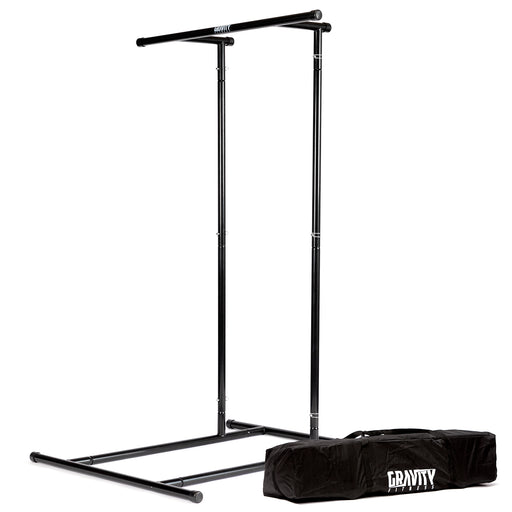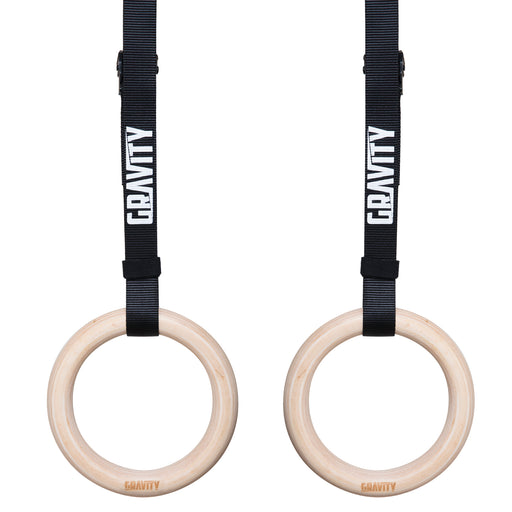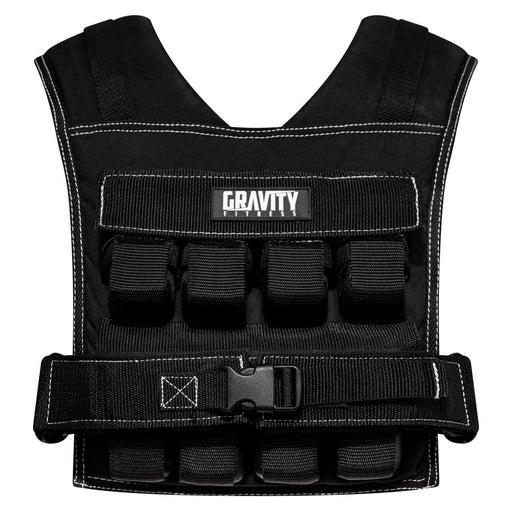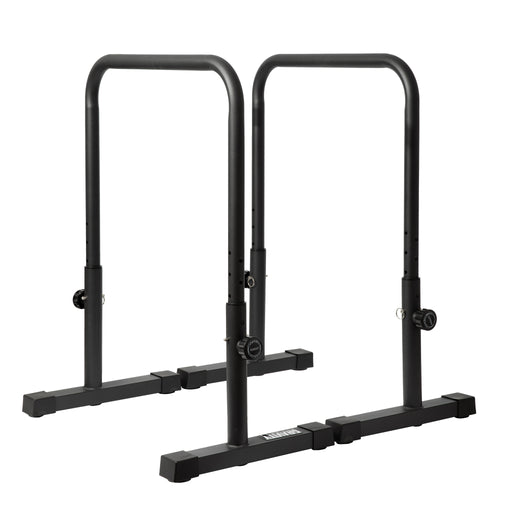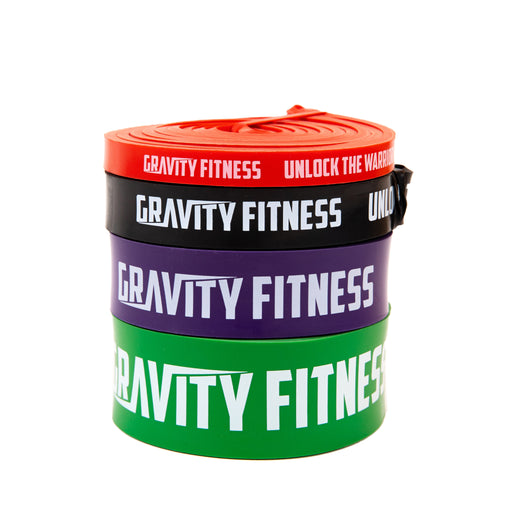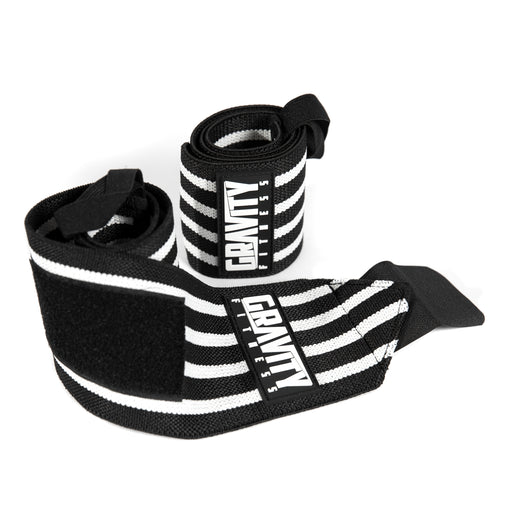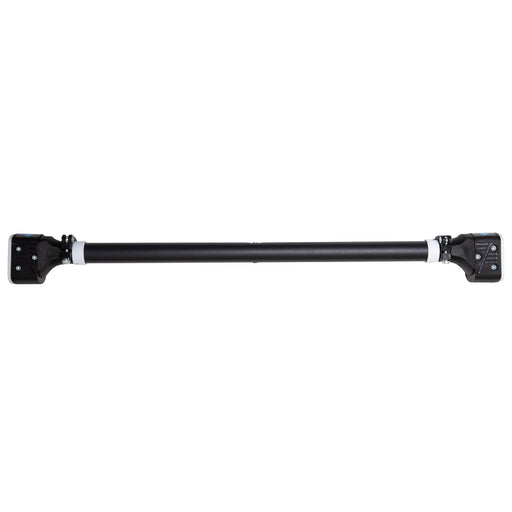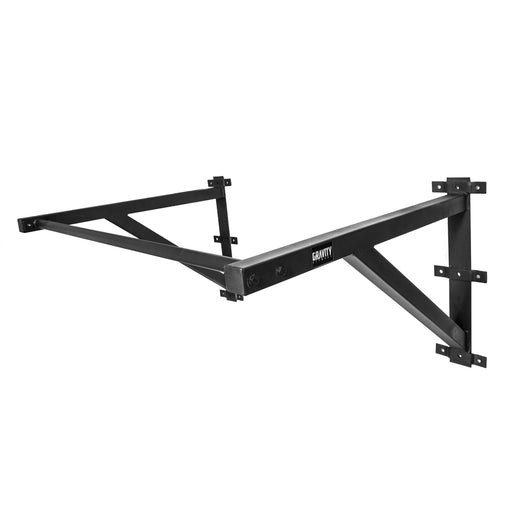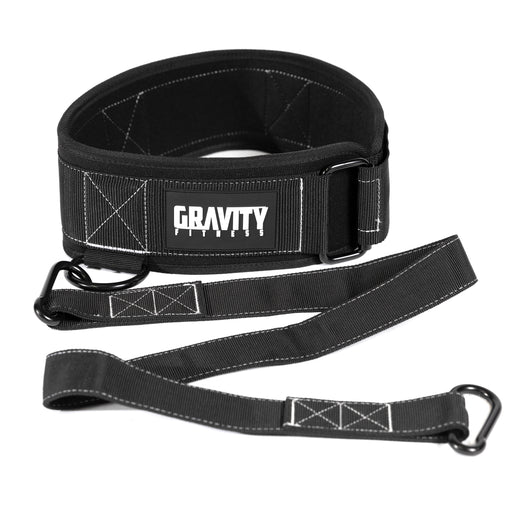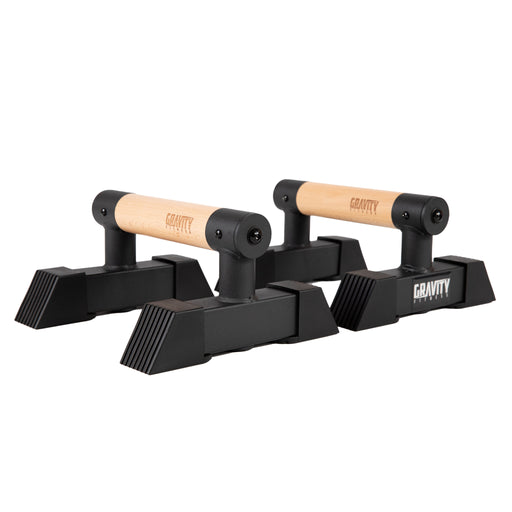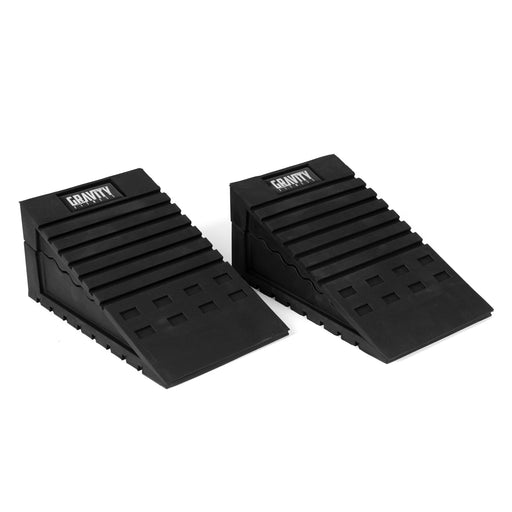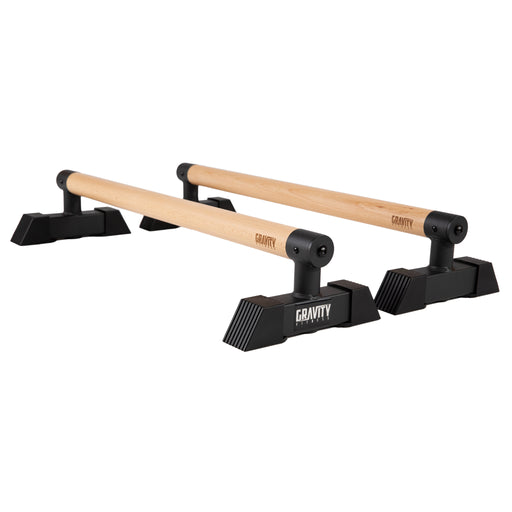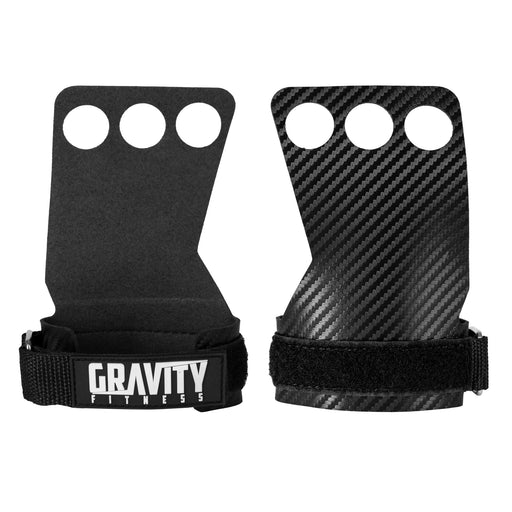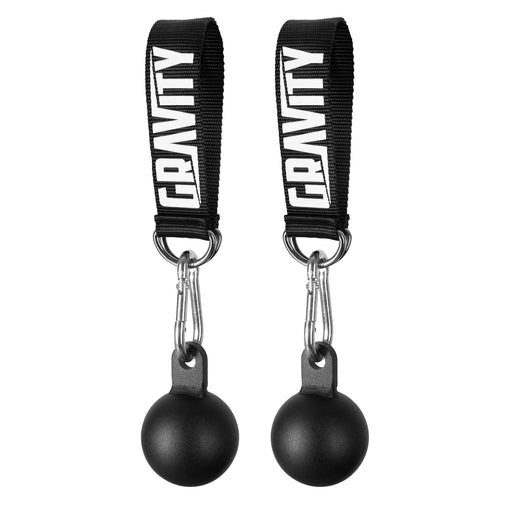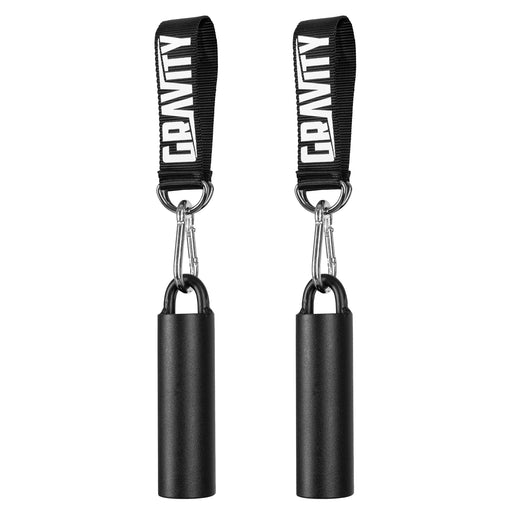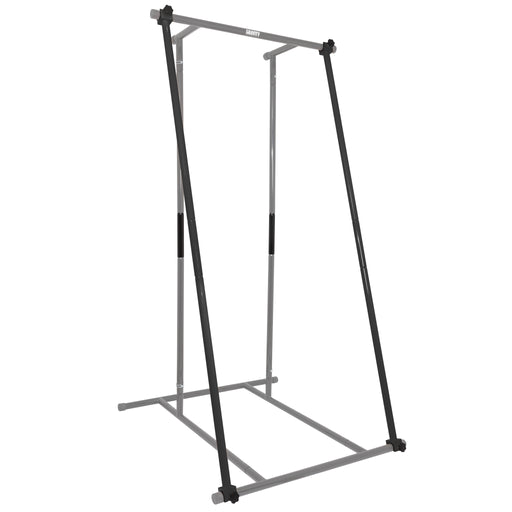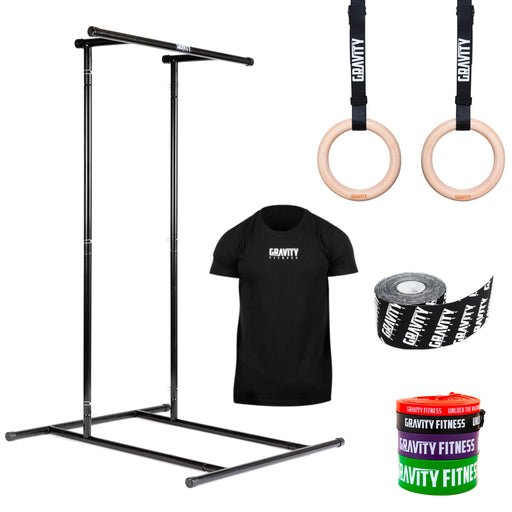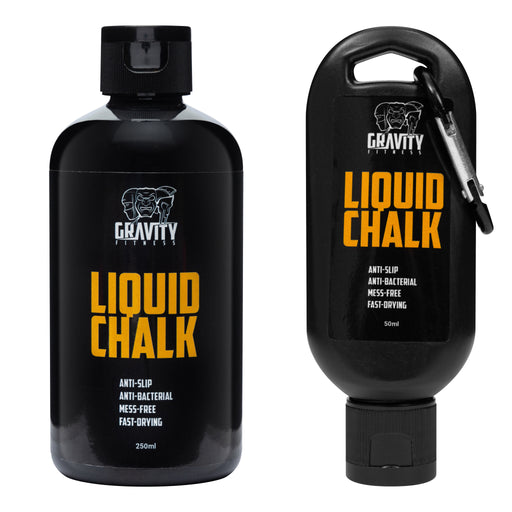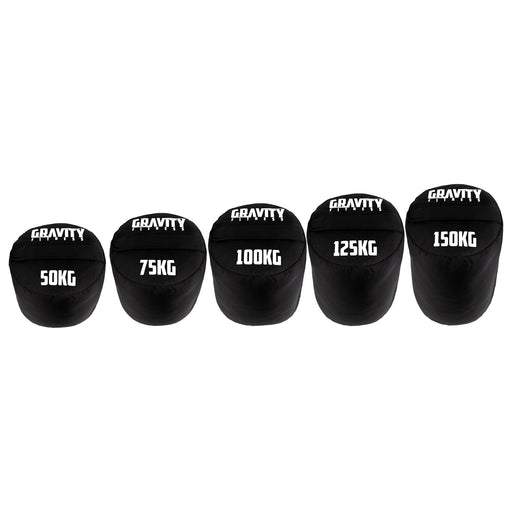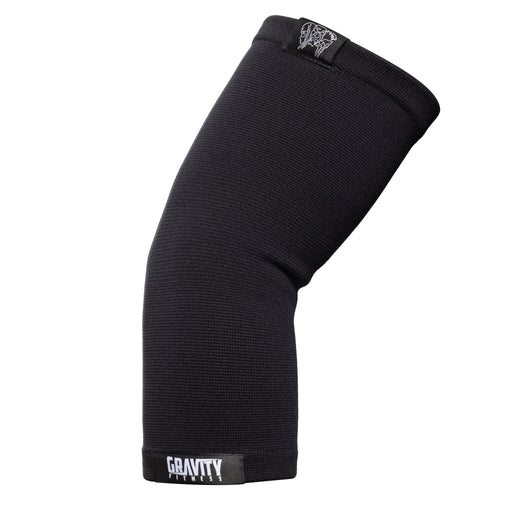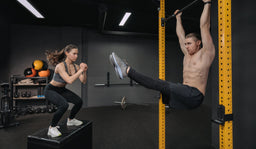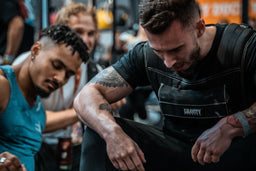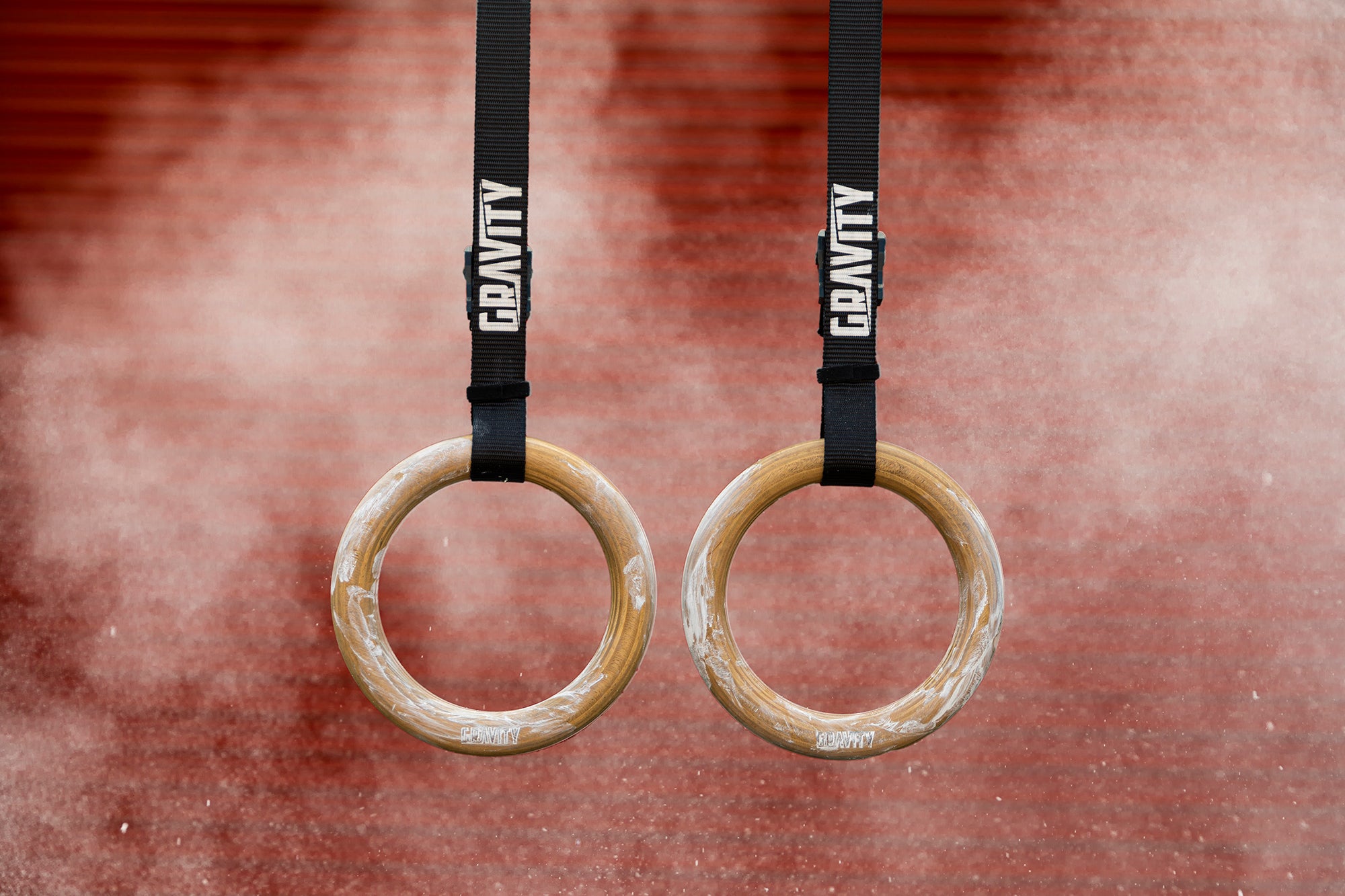
How To Master The Rings
With the arrival of the Olympics, and a sense of normality starting to return, people can start to look forward. I’ve always enjoyed the coverage of the Olympics and Tokyo 2020 is no exception. Seeing athletes perform, after their 4 year training cycles, arriving at the genesis of all their hard work and being able to see their dreams come to fruition is an incredible thing. The gymnastics events have always inspired me, even before I started training Calisthenics, which is based on gymnastic principals. One discipline that is featured heavily are the gymnastic rings.
Not only do the rings provide a workout anywhere you can hang them, but they also massively improve your functional strength, even when performing less advanced movements. This is because the rings, compared to a bar, have a lower level of stability, making your muscles work that much harder. You can use a weight vest to add an element of progressive overload on the rings, but for learning more advanced skills, bodyweight work is more than enough to build strength and muscle.
There are a few key facets to train to master the rings from a beginner level;
Master The Basics
Mastering the basic fundamentals of movement on the rings is vital to enable you to progress into further, more advanced skills. Focus on Push Ups, Rows, Dips, Pull Ups, etc from the rings first. How you grip the rings for each movement is very important and we will come onto that. For mastering basic movements maintaining a neutral grip is the best way to support correct body form.
For push ups, just attach the rings to a horizontal bar, spaced about shoulder width apart, just off the ground. Grip the rings in a neutral grip (with your knuckles pointing toward the floor) and perform the push up ensuring you get a full range of motion by lowering yourself as much as you can before pushing back up. You can then use a supinated grip (wrists pointing forward) to start from, then rotate the grip as you push up, as you advance.
For Rows, use a neutral grip, moving into false grip as you advance. Attach the rings to a horizontal bar, spaced about shoulder width apart. Keep your legs straight, scapulae retracted, core engaged and heels on the ground, pulling your chest up to the rings and then lowering down slowly with full range of motion.
For dips, start with a neutral grip and attach the rings to a horizontal bar, spaced about shoulder width apart. Start with a slight protraction from your shoulders (with straight arms), legs straight and feet off the ground. Get used to this hold position first, as it is key to a lot of other ring-based movements. Slowly bend the elbow and dip down, without rounding your shoulders, and push up contracting the chest and triceps.
For pull ups, ensure the rings are at a good height so you can lower yourself all the way down and reengage your scapula as you pull up, keeping your feet off the ground. You can use a neutral, pronated, supinated or false grip once you have become more advanced.
The False Grip & Other Grips
The false grip (as shown above) takes a lot of practice and you will end up with sore wrists. Just start by turning your wrists in and out on the rings at shoulder height leaning forwards and backwards, just get used to the feeling. Then do the same from being seated with your arms above your head, twisting your wrists in and out of the false grip. Then raise the rings and you can try hanging in the false grip. Just don’t overdo it to start with.
You can also pronate your grip for pull ups and supinate your grip for chin ups. Or just keep a neutral grip for the most natural wrist alignment. It’s all about what suits you best.
Setup
Setting up the rings properly for you is key. Make sure that you have adjusted them accordingly for your height and that the width is right for you. Also investing in either a lot of chalk, or liquid chalk, to chalk up your hands and wrists is important to protect them in more strength intensive skills and to preserve a good grip on the rings. When you adjust the height, the straps will have some slack. Ensure this is kept out of the way, or tied to the bar that the rings are hanging from. This can also ensure the rings don’t move in the middle of an exercise.
Going Upside Down
Going upside down is a very odd feeling at first, ensure that there is a platform underneath you when starting to go upside down as then you can just place your feet down and let go of the rings if you feel uncomfortable. Before attempting to ‘skin the cat’ or go upside down, ensure you have good shoulder mobility and grip strength.
The Gravity Fitness shop has a set of rings to get you started,
so what are you waiting for?















